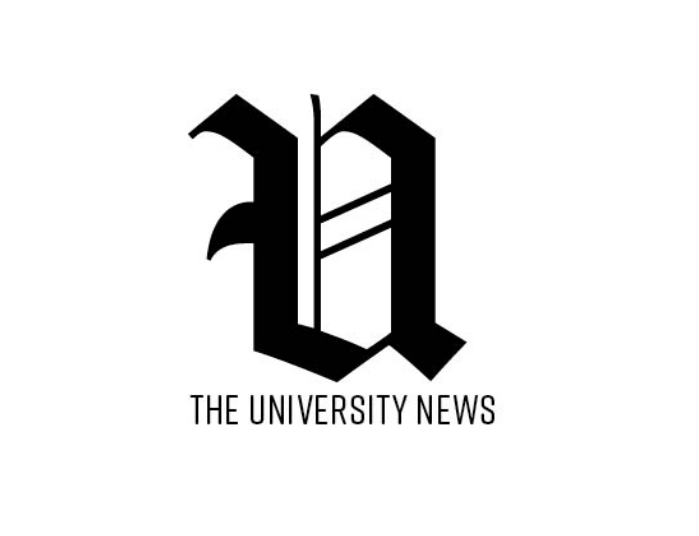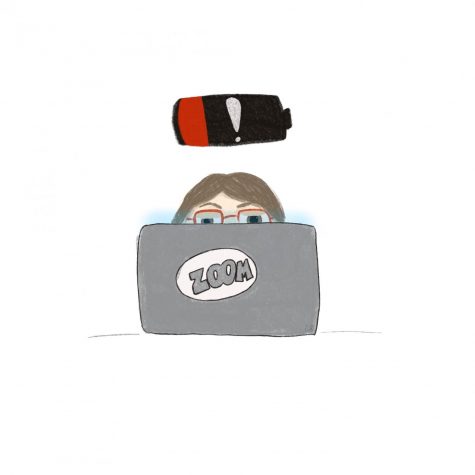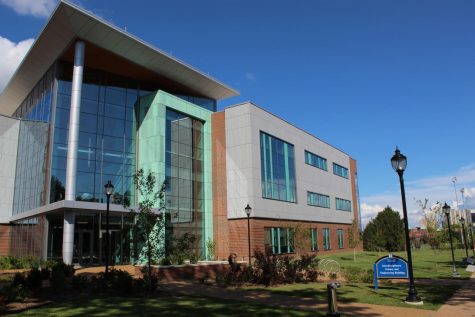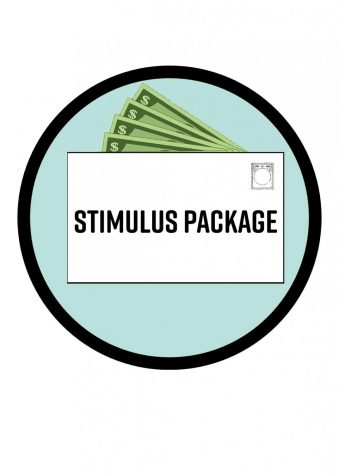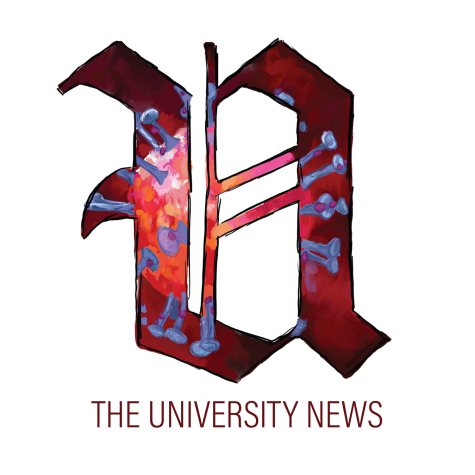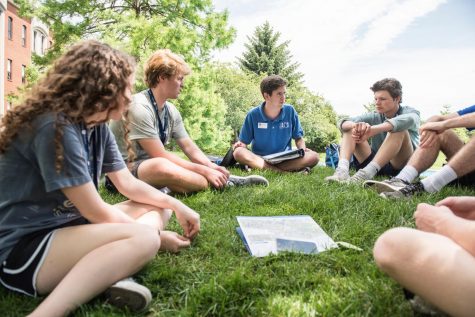Deaf Culture is Not a Rip-Off
Last semester, I met with my academic advisor about my classes for the fall. When asked what language class I wanted to take for my core requirements, I replied, American Sign Language. My academic advisor informed me that it wasn’t technically a language class, so unless we could get special clearance from the head of the Social Work Program, it would not count. Thankfully, we emailed the head and I was allowed to take it. However, this pointed out to me a flaw in SLU’s language program. Why wasn’t sign language considered a language credit? While it was categorized under communication sciences and disorders, it should still count as a language. The deaf community is a thriving culture in the world. By not counting ASL as a language in SLU’s department, they are undermining the existence of a community that has already struggled long enough to be recognized.
The deaf community is a vibrant culture that over the years has developed its own traditions, phrases and jokes. It is a real language and a real culture. It has grown and developed over time. Deaf culture is its own culture. However, we live in a hearing-dominated world, and this means that many people are under the impression that the deaf community is a poor imitation of hearing culture. This follows a similar train of thought that leads to the belief that the cochlear implant resolves any issues for deaf people. This simply isn’t true. The cochlear implant doesn’t resolve all hearing issues, and deaf culture is its own culture. ASL is a complete language that allows people to have deep conversations, it has syntax and grammar and everything else that another language has. It takes as long to learn ASL and become proficient in it as any other language. Simply because it is sign language, people are apt to believe that it is simply an imitation of English, but it is not.
Unfortunately, SLU does not share this same belief. ASL 1 and 2 are classified under communication sciences and disorders. While this logically makes sense, they also refuse to allow some students to take it as a language credit. I was lucky and managed to get approval. But why should I have to fight to take a language simply because it is not a “typical” language? I interviewed the teacher of both basic sign language and advanced sign language, Sally Backer; I asked her thoughts on SLU and making ASL a three-credit class and count for language credit. She said, “I think a school of this size, Saint Louis University or otherwise, should have a sign language class that counts for language credit.”
Among other things, she mentioned how Saint Louis has two very nationally known schools for the deaf. When they graduate, if they chose to stay in St. Louis, they should be able to communicate with their neighbors. The fact that SLU does not regularly offer ASL as a three-credit class or a language credit shows that they do not value ASL as much as Spanish or French. But it could be just as useful, perhaps even more so, to college students, while slowly destigmatizing the deaf community. There is already plenty of stigma and ableism surrounding the deaf community. Perhaps if we could show that deaf people have their own culture and ways of communication and humor, we could break down that barrier leading the way to a more diverse and accepting world.
Your donation will support the student journalists of Saint Louis University. Your contribution will help us cover our annual website hosting costs.


